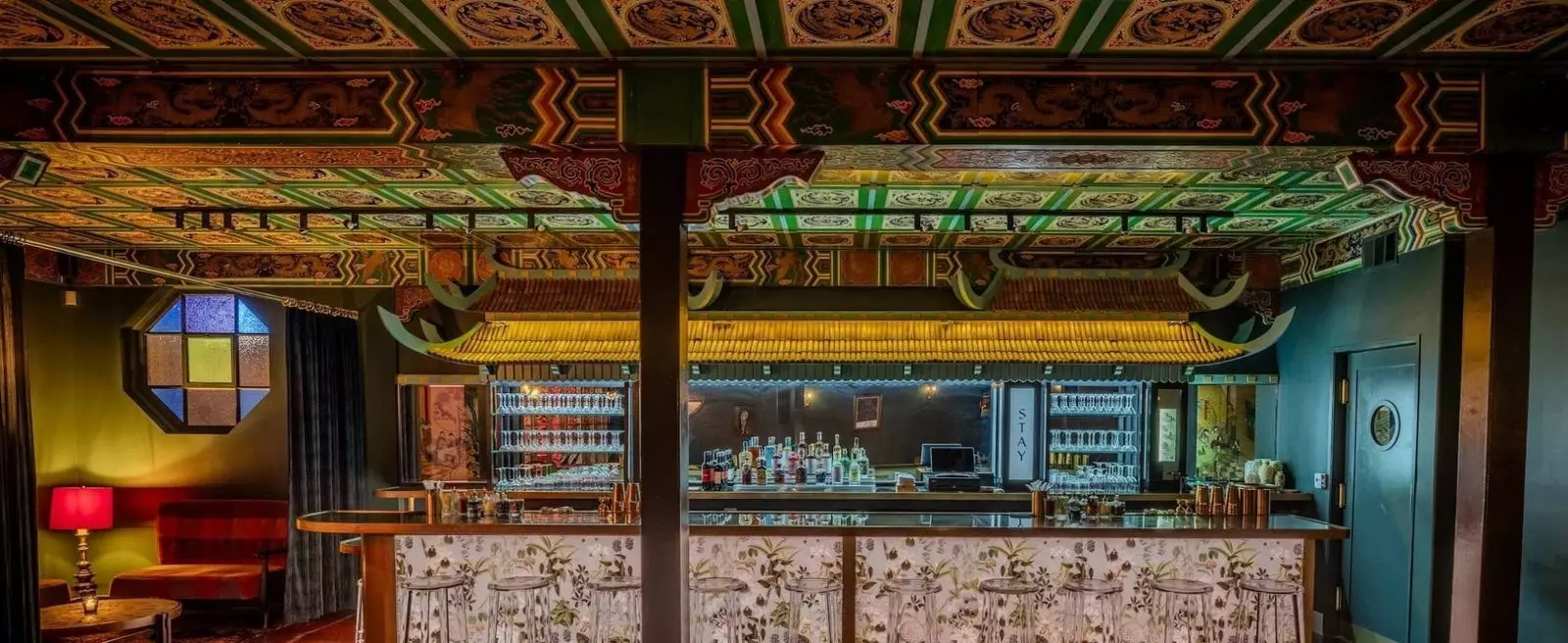In January, Los Angeles welcomed STAY., a novel establishment dedicated solely to non-alcoholic beverages. This venture encapsulated the emerging trend of the “sober-curious” movement, a societal shift where more individuals are reconsidering their drinking habits. These consumers are not merely eschewing alcohol but are seeking purposefully crafted alternatives that can offer a sophisticated drinking experience without the inebriating effects of traditional spirits. STAY. aimed to fill this niche, providing an upscale environment complete with inventive mocktails, NA beers, and wines.
However, the dream of a thriving alcohol-free lounge was short-lived, as the establishment announced its closure just eight months later. The closure beckons a broader inquiry into the sustainability of such ventures in a city synonymous with nightlife and indulgence. While consumers expressed interest in non-alcoholic offerings, the question remains: can non-alcoholic bars survive outside the home?
Summer Phoenix and Stacey Mann, co-owners of STAY., emphasized the pride they felt in their creation and its mission: to advocate for a more inclusive social drinking culture. Yet, the operational reality proved to be complex. In discussions leading up to the closure, Mann articulated the struggles of attracting foot traffic to a space primarily promoting drinks without alcohol.
This sentiment resonates with Chris Marshall, the owner of Sans Bar in Austin, Texas, which prides itself on being one of North America’s first non-alcoholic establishments. Marshall’s experience suggests that the success of NA bars often requires a diversified revenue stream beyond just drink sales. By renting out their spaces, providing consulting services for traditional bars, and engaging with educational initiatives, establishments like Sans Bar have carved out a viable niche. This model reflects a fundamental truth about non-alcoholic bars: they cannot solely depend on enticing consumers with alcohol-free options; they need to create community and immersive experiences.
STAY. was envisioned as an exceptionally chic venue, offering a dark and stylish ambience to foster social connections. This atmosphere is crucial to the appeal of any bar, including those focusing on non-alcoholic offerings. However, when it came to attracting patrons, the challenge was twofold: firstly, building a community of non-drinkers willing to choose a NA bar over typical nightlife venues, and secondly, persuading them to leave their homes or social gatherings for an alcohol-free experience.
Marshall’s assertion regarding the temporal aspect of establishing such a community is telling. Unlike conventional bars where the culture of drinking is prevalent, non-alcoholic establishments require a more prolonged effort to cultivate a loyal clientele. The intimacy of a bar often emerges from shared drinking experiences, which can be hard to replicate when alcohol is absent. Therefore, it takes time for patrons to envision themselves enjoying the same types of social gatherings without the crutch of alcohol.
The closure of STAY. invites contemplation of the longer-term prospects for the sober-curious movement. While establishments like Sans Bar continue to thrive, it may be due to their strong community-focus strategies and diversified income avenues. As the NA beverage market grows, the idea of a chain of non-alcoholic bars might not be as far-fetched as it seems, yet experts like Marshall contend that the maturity of this market is still years away.
For now, the most beneficial components of the non-alcoholic beverage scene may indeed be the bottle shops that offer a range of craft beverages while allowing customers to explore choices in the comfort of their own homes. The STAY. experience serves as a case study: the allure of a sophisticated environment and inventive mocktail recipes is not enough without the involvement of customers who are willing to invest in nurturing this emerging social landscape.
In essence, STAY.’s short-lived debut reflects both the promise and the challenges of creating a vibrant non-alcoholic scene within a culture steeped in alcohol consumption. As the industry evolves, perhaps the insights gained from this experience will aid future entrepreneurs in successfully navigating the complexities inherent in promoting sober social experiences.

